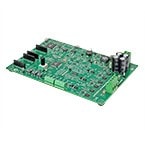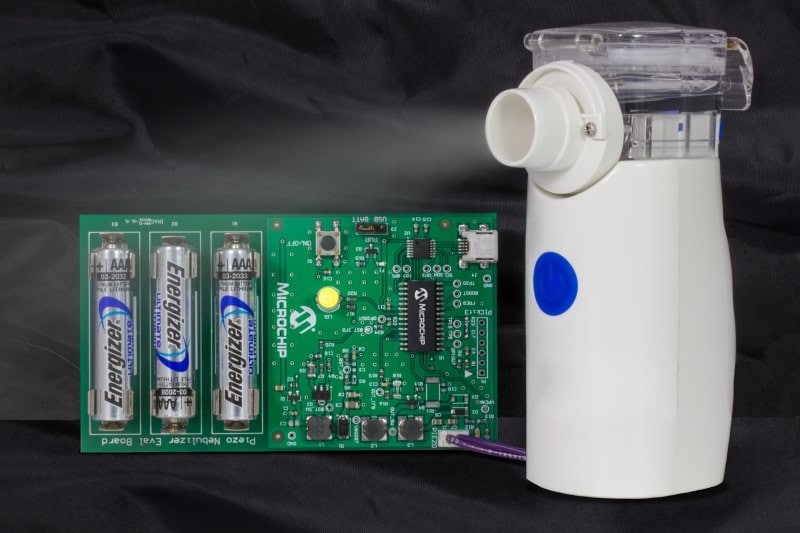How Do Ventilators Work?
Ventilators are respiratory regulation devices. They help relieve stress on injured or weakened lungs and help in oxygenation by sending a mixture of gases into the lungs. These gases, usually air and oxygen, are put under positive pressure to assist in inhalation and, if necessary, negative pressure to pull air out for exhalation. This ventilator design incorporates flow sensors, temperature sensors, a nebulizer and a humidifier to ensure the necessary amount of air is administered under proper conditions.

Functional Block Diagram
Considerations for Ventilator Designs
Resources

Integrated Graphics and Touch Kit

Low-Voltage Motor Control

Display Module with maXTouch® Technology

MPU Prototyping and Evaluation
Expand Your Ventilator Design with a Vibrating Piezoelectric Nebulizer
Our products can help you combine nebulizer drug delivery with medical ventilator technology to promote rapid and effective healing.
